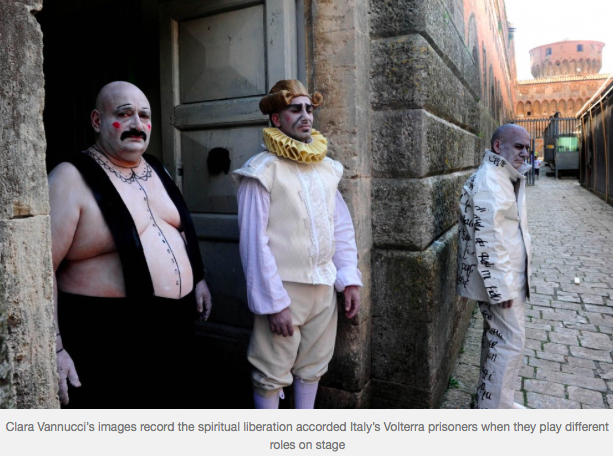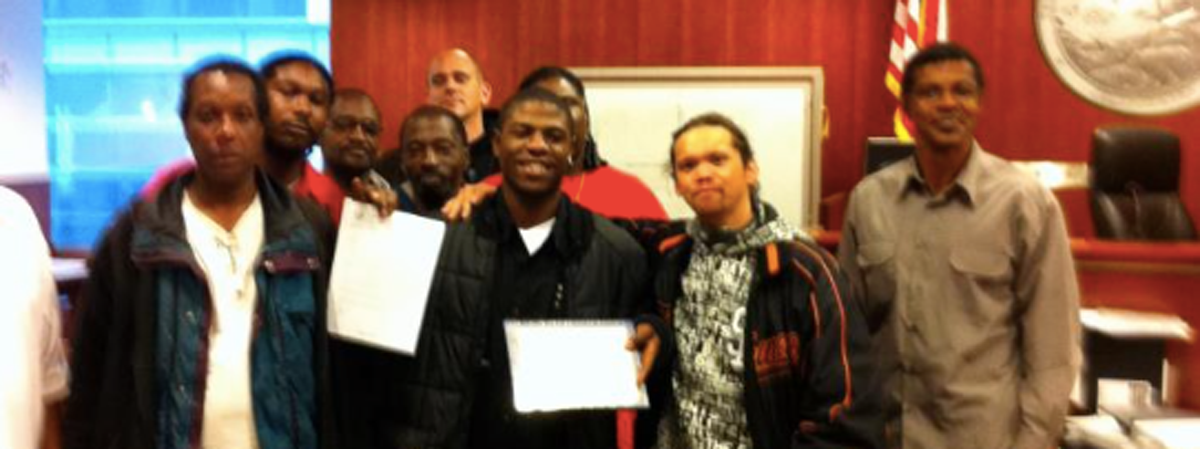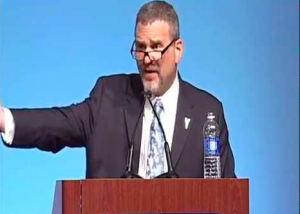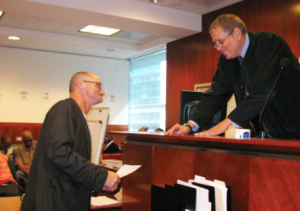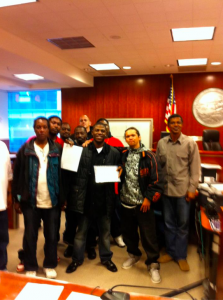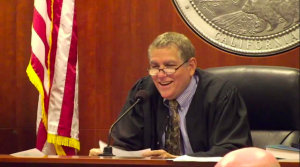I began to write a book on my experiences as a drug and reeentry court judge five years ago. At the time I was well aware of the momentum building for prison and sentencing reform and wrote about it often.
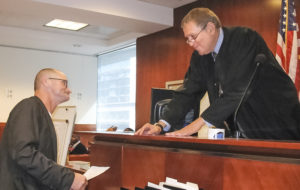 About two years ago I retired as a judge. It was my opprotunity to put my head down and get serious about finishing my book before 2019, the twenty-fifth anniversary of the National Association of Drug Court Professionals (NADCP). I was NADCP’s founding President and wanted to finish the book for NADCP’s annual conference, to be held July 14th thorugh the 17th 2019.
About two years ago I retired as a judge. It was my opprotunity to put my head down and get serious about finishing my book before 2019, the twenty-fifth anniversary of the National Association of Drug Court Professionals (NADCP). I was NADCP’s founding President and wanted to finish the book for NADCP’s annual conference, to be held July 14th thorugh the 17th 2019.
The last two year have been a blur. Writing, rewriting, fact-checking, researching, all at the same time. Definitely one of the hardest things I’ve ever done. Constantly dealing with emergencies as you work toward publication.
Hopefully the book will be worth the read. The book is called Healing Criminal Justice : A Journey to Restore Communtiy in Our courts. It is a paen to “Community in our Courts”; the power of community to control criminal behavior.
One result of writing a book. Over the past two years I’ve been on hiatus from my website, Reentry Court Solutions. I have spent the last dozen years as its main contributor, editor, researcher, manager, director, etc. It is been a very intensive effort at educating the public about the need for reentry courts and other problem-solving courts, as well as reform to our sentencing and prison systems. I was publishing on average an article a week on critical issues. Not an easy thing to do, but it had the effect of forcing me to review dozens of articles a week on reentry, prison, and other criminal justice reform issues.
If I were to do the same today, I would have to review hundreds of articles a week on the same subjects. The attention, concern, and demands being made on the system by criminal justice reformers is extraordinary, And it is welcome. I feel like Rip Van Winkle who slept for twenty years, though my hiatus was only for two. The point is, that we truely seem to be woke and it is inspirational. We can and must do as much as we can to stop the demand to punish and to imprison for increasingly longer terms. It feels like we’ve turned this train around, but the really hard part is just coming up around the next bend; keeping our foot on the accelerator.

